Minimalism style in the interior
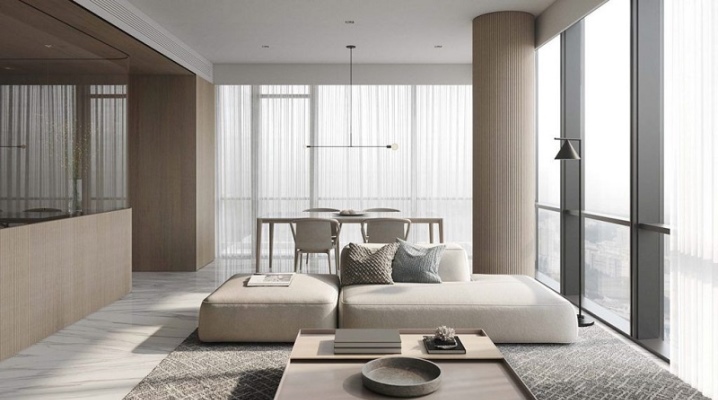
One of the areas of interior design is the style of minimalism. Adherents of this style are, as a rule, progressive people who seek to streamline their living space in such a way that there is nothing superfluous in it. The laconic and austere interior reflects the inner state and thinking of the person living in it. Style, balance and orderliness in everything - this is the motto of ideal minimalism.
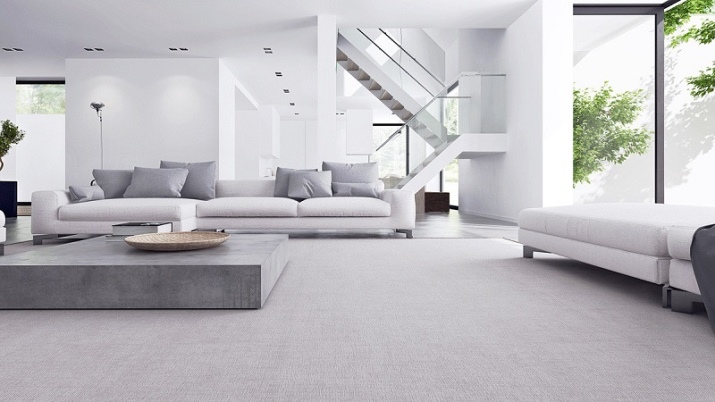


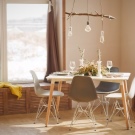

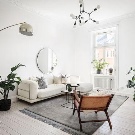
What it is?
The minimalist style as a cultural phenomenon began its formation in the middle of the last century. The history of the emergence of this trend has its origins in the East. After the Second World War, an interest in Japanese life and traditions arose in Western culture. The features and principles of the Japanese interior amazed Western designers, opening up new ways for them to create. The dwellings of the Japanese, with their ascetic decoration and the minimum number of items necessary for life, aroused surprise. It turned out that you can live comfortably without chairs, sofas, bulky wardrobes and beds.
In the post-war years, the population did not have sufficient funds to furnish their homes in classic luxury, so people became interested in the canons of minimalism. Minimalism replaced the pre-war era of classicism. After the war, the old outlook on life became associated with the excesses of bourgeois society. Recovery from the devastation gained momentum, and minimalism went beyond design, embracing architecture, art, music. Simplicity and reliability became so attractive that they became an integral part of life for society at that time.
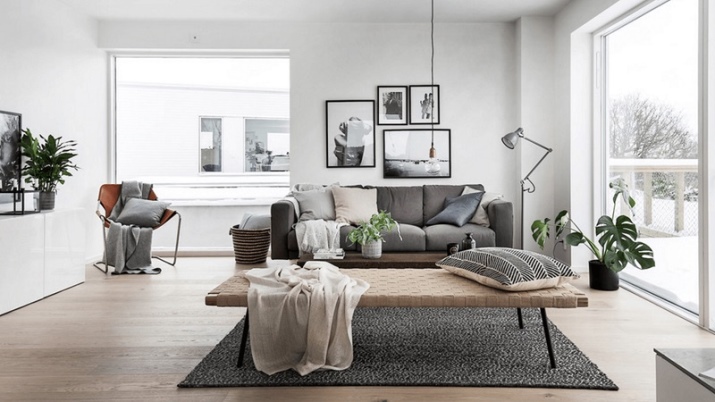


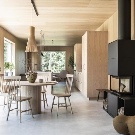
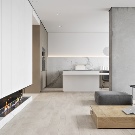
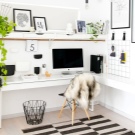
Today minimalism has not lost its popularity. This style is chosen by people who are tired of endless consumption and strive for reasonable limitation. As it turned out, the chaos of the surrounding world can be streamlined if you look at the world according to the canons of ancient Japanese philosophy - to avoid unnecessary things and be content with little, so as not to burden yourself with unnecessary ones.
The idea of the style is that a person should spend energy, time and money not on a heap of unnecessary items., but concentrated on the minimum necessary for comfort. Every little detail in interior design should be carefully thought out so as not to overload the living space, but also not to leave it half empty.
Overloaded premises conceal useful space, and at the same time a person becomes a hostage to his own things.

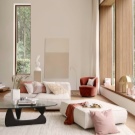
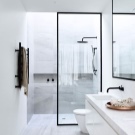
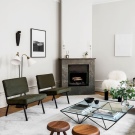
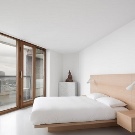

The main signs of minimalism are:
- the use of natural materials;
- large and spacious rooms;
- ergonomic and functional furniture;
- correctness of forms and their laconicism;
- storage system for items - closed;
- the color palette is monochrome only;
- the presence of large window openings as sources of daylight;
- lighting devices are hidden from prying eyes;
- decor is used in a minimal amount.
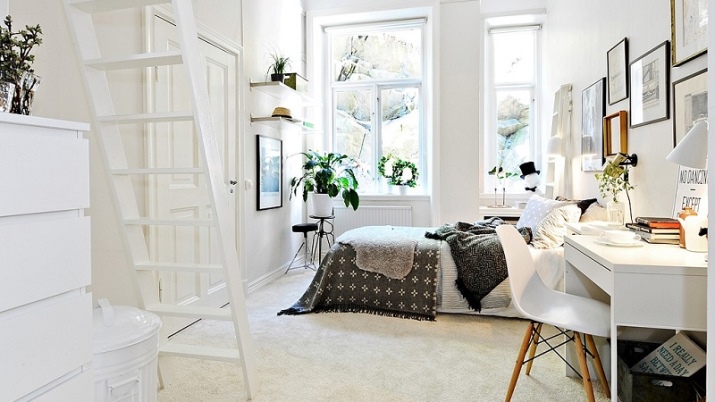
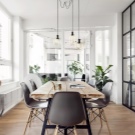

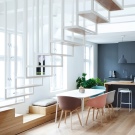
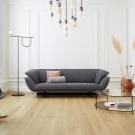
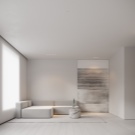
The space, organized taking into account the listed principles, looks modern and harmonious. It combines shades, materials, objects and shapes to form a single, carefully calibrated composition.
Any seam, joint, knot and connection must be made with perfect precision and accuracy, so that the eye can easily and freely slide over surfaces located in a visible space.
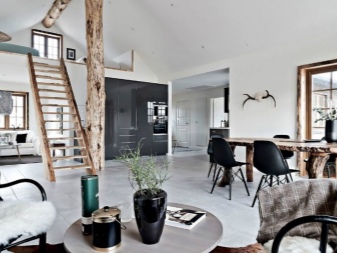
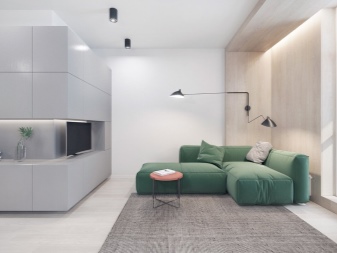
What happens?
The modern restrained style in the interior is a kind of life attitude of people who do not like the chaos and disorder that annoys them and the mess created by the mass of unnecessary items. A cozy home can be organized without cluttering the space, while the interior can be bright, luxurious and impressive. Minimalism is not a way of renouncing the benefits of civilization, but a conscious limitation of oneself from excesses. The directions of minimalism have taken on various forms, we note some of them.

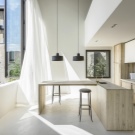
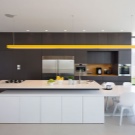

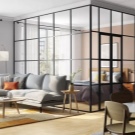
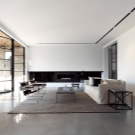
Japanese style
In this country, where earthquakes often occur, and the population density is high enough, people have learned to organize their living space, being content with little. Their dwellings were made of bamboo and rice paper, so they could be easily restored. Japanese philosophy and respect for the natural elements allowed people to make their home environmentally friendly and comfortable. Multifunctional items and things were used to decorate the interior. For example, a Japanese mattress could serve as a sleeping place and, when folded, replaced an armchair or chair.
Much attention is paid to the daylight of the home; for this, the windows are not draped with fabrics, but remain open to the penetration of sunlight. Furniture in the room is used small in size with rounded corners and the absence of unnecessary decorative finishes. Space zoning is carried out using screens or sliding partitions. A small bonsai-type plant growing in a clay flat pot can serve as a decoration. The colors used for the room can be natural shades, as well as the texture of the finishing materials used for the floor and ceiling. A fan, a scroll with hieroglyphs, a figurine are used as accessories. The number of decorative elements should not be more than 2-3.
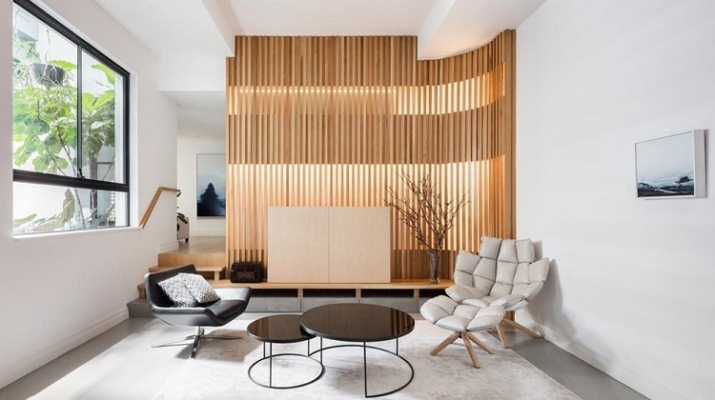
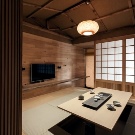
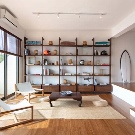
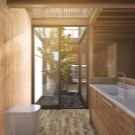

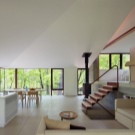
Scandinavian style
Swedish, Finnish, Danish harsh natural climate has led to the emergence of a kind of rustic minimalism in the design of living space. Scandinavians paint floors, walls and ceilings in light colors to create a sense of freedom of space. These northern peoples have historically been accustomed to be content with a limited number of items to create a comfortable life. The decor of such a dwelling allows the use of a small amount of functional furniture and decorative elements in the form of blankets, pillows, and living plants. All things are stored in certain places - small change is put into drawers, things are hidden in the wardrobe, and in the kitchen the dishes occupy a strictly allotted place.
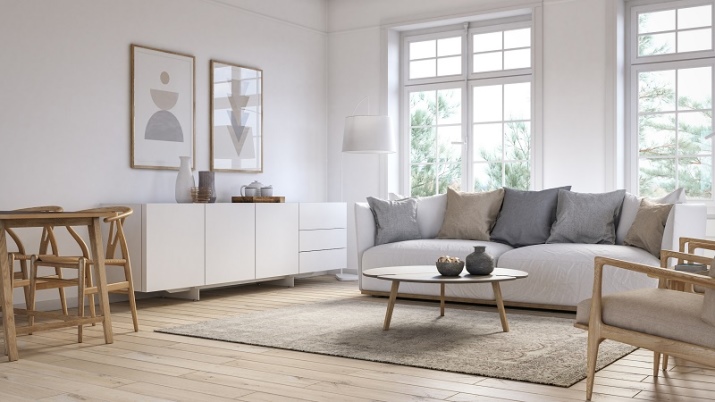
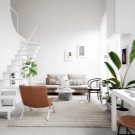
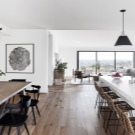
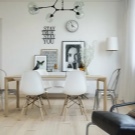
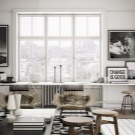
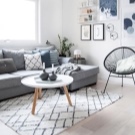
Each item in the interior must perform some function; it is not customary to use decor just like that. For the decoration of the premises, wood, glass, metal, stone, natural fabrics, leather and fur are used. The furniture has clear shapes and rounded corners.
Wickerwork, fur capes, and wood figurines can be used as decor.
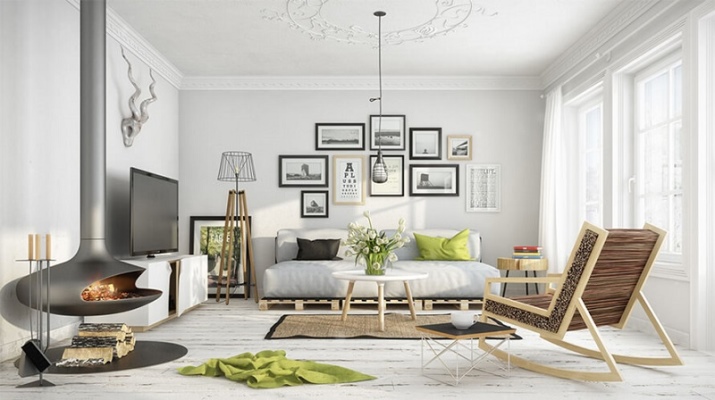
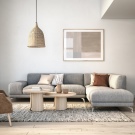
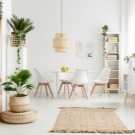
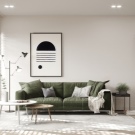

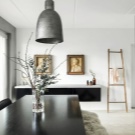
French style
The inhabitants of France have a reverent attitude towards housing, every centimeter of usable area is used here. Housing itself is a great value, which is why the French respect a minimalist approach to décor. Interiors of this style are characterized by the presence of art objects - they can be of any size, but placed separately, in a single copy, so as to become a significant accent in the design. It is believed that very little furniture is enough for life; it should not clutter up such a valuable space, giving an opportunity for a sense of spaciousness.
For the decoration of the premises, the French choose the most delicate pastel shades or white, cream and pale grayish-pink tones are especially appreciated. Floor, walls and ceiling should not distract attention from furniture and decor. Parisians most often use monochrome warm colors to emphasize the rest of the decoration with their background.
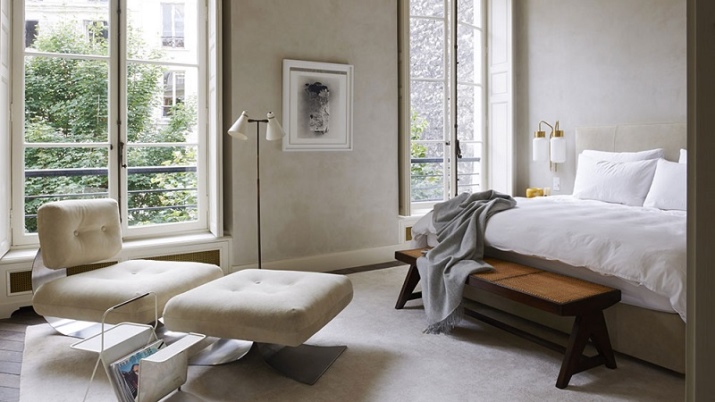
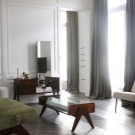
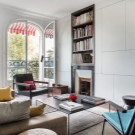

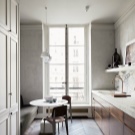
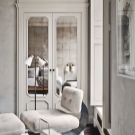
Ecominimalism
This design technique is used to create a sense of free space in a small room. A distinctive feature of this trend is that all materials must be natural, and the colors used in the interior must be naturalistic. In the interior of the room, live plants must be present, with their help, compositions are sometimes created, emphasizing the unity with nature.
Simplicity of shapes and lines, lighting as close to daylight as possible, natural fabrics and materials for walls, floors and ceilings - all this creates a single concept of a correct and healthy lifestyle without excesses and excessive consumption of natural resources. Furniture and objects are used only when strictly necessary, and large windows allow sunlight to warm and illuminate the space.
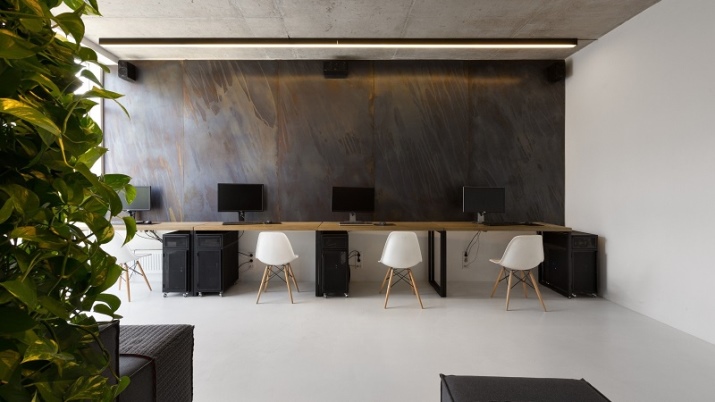
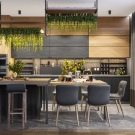
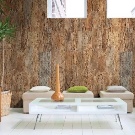
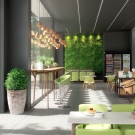
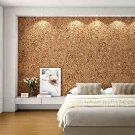
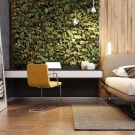
Materials (edit)
For a project of renovation or decoration in the style of minimalism, you can use any materials - stone, clay, wood, metal, glass, polymers, and so on. When using this or that material, it is important to remember that the style is characterized by clarity and simplicity of lines and smooth surfaces. An interesting element for a laconic interior can be a mirror surface. With its help, visually large spaces can be almost doubled. This property of mirrors is often used in minimalism in order to emphasize a small number of objects of ideal proportions and shapes in the contrast of spaciousness.
In addition to mirrors, glass, polished metal surfaces, smooth cement panels, and the natural texture of wood are often used. Large sheets of materials are often used as flooring so that as few seams as possible are formed when they are joined. The use of monolithic self-leveling floors is also encouraged. Combinations of rough and simple textures with polished smooth surfaces look beautiful - this technique is often used by designers for minimalist decor.
For the finishing of wall surfaces, paint, wallpaper, plaster, panels of various materials, and porcelain stoneware tiles are used.
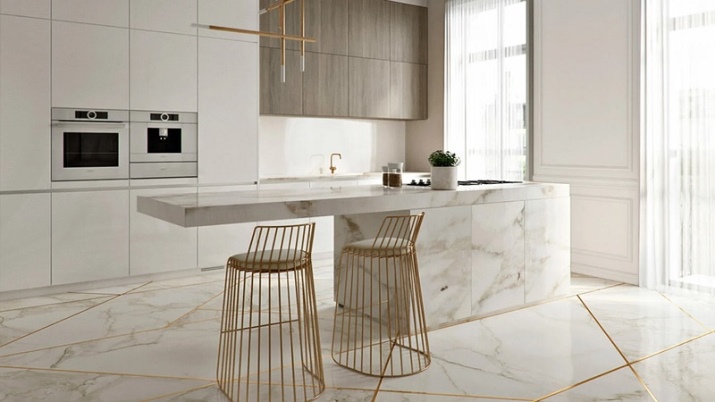
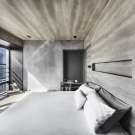
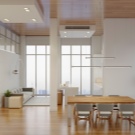

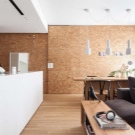

Colors
Traditionally, light tones of monochrome colors are used in pastel shades. For minimalism, the most common colors are white and black. White paints in the interior expand the space, while black, on the contrary, narrows it. A skilful combination of light and dark shades will highlight the dignity of the room and help hide unwanted nuances.
To create an interior project, designers usually use no more than 2-3 colors. In such a palette, white, gray or black will definitely be present. By combining these base colors with other shades, unique results can be achieved. A color accent in the form of a metallic sheen or a bright spot against a background of calm shades helps to emphasize the main details of the interior and make it more expressive. A flower arrangement, painting or books can be chosen as a color spot.
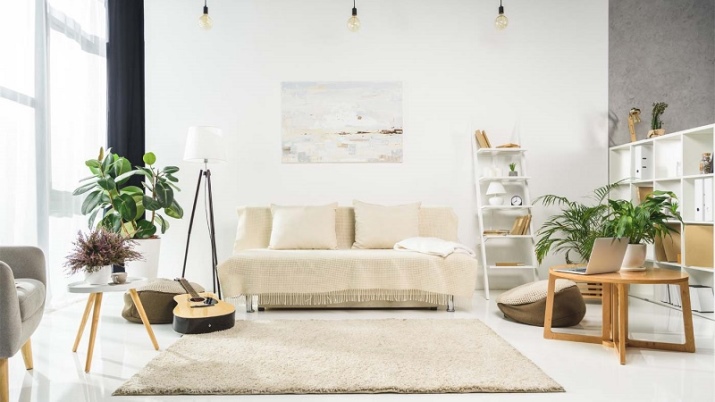
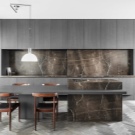
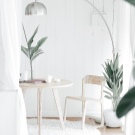
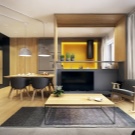
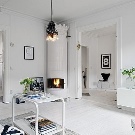
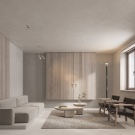
Decor
Do not think that minimalism completely abandons the use of decorative items. The decor is mandatory, but the amount is strictly metered. In the restrained style of the interior, it is not customary to use cute trinkets or figurines; there is no place for a scattering of multi-colored pillows or bright draperies. As a decor, 2-3 stylized objects or 1-2 paintings in smooth, unpretentious frames can be used.
Any ordinary item, being in a single copy, can become the center of attention and play the role of an exclusive accessory. A transparent smooth vase, a wall mirror, a tall plant in a stylish planter, an exclusive lamp can play the role of an elegant object. To decorate the space, black and white art photographs, monochrome posters, restrained in the color palette of the picture can be used.Even a musical instrument placed in a room can be perceived as a unique piece of art. Things that express the character of the people living in the house and also reflect their hobbies are important and significant pieces of furniture. When looking at such a decor, there is no sense of pretense, on the contrary, an impression of rationalism and functionality is created.
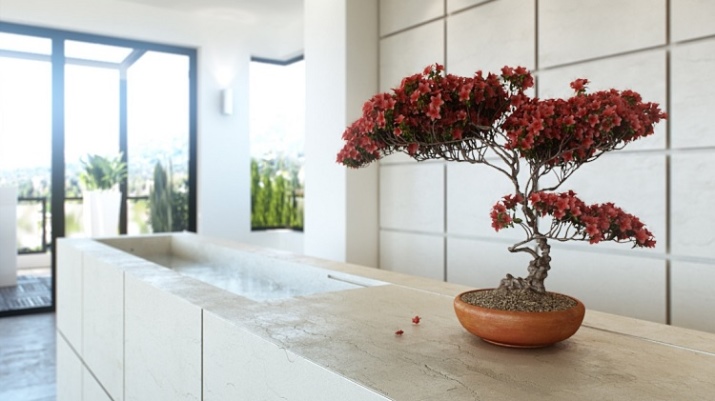

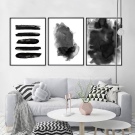


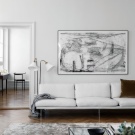
Minimalism in the interiors of rooms
The designer, creating a minimalistic interior in one of the rooms, takes into account its intended purpose. Based on this, the design concept is determined, the amount of furniture, the material that will be used to decorate the walls, ceiling and doors is determined. Depending on the size of the room - a small bedroom or a large dining room, decorative items, colors, surface textures are selected.
The creation of a minimalism style in each case is carried out in its own way.
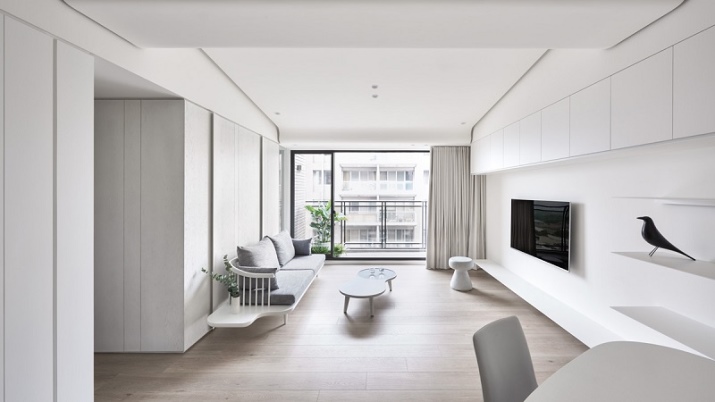
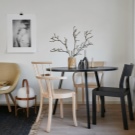
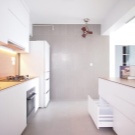

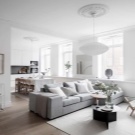
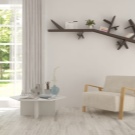
In the dining room
The area intended for eating should be light, comfortable and simple. Modern, individually built houses usually have a separate room as a dining room. No food is prepared here, this room is meant for a leisurely and pleasant meal. Clear lines and smooth furniture fronts, large window openings, cupboards with hidden handles and opaque doors, a large dining table and chairs around it - all this creates an atmosphere of spaciousness and cleanliness. Some dining rooms can be designed as a bar counter or a kitchen island.
Table setting does not strive for luxury; during meals, the table is not covered with a tablecloth, and napkins are not folded into intricate shapes. On the table you can see monochrome dinner plates, knives and forks made of cupronickel or stainless steel with smooth shiny surfaces, transparent glasses and plain cups - everything tends to be laconic and does not tolerate excesses.
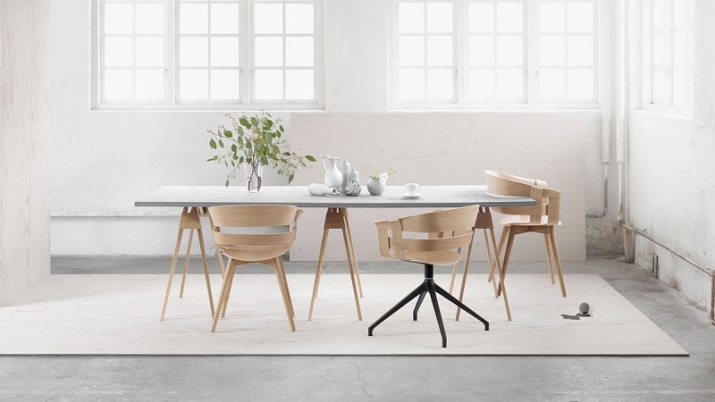
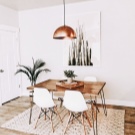

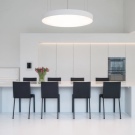
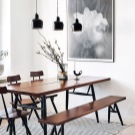
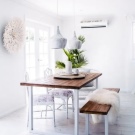
In the living room
The purpose of the living room design is to create the most comfortable and cozy space. The use of comfortable furniture, a small coffee table, and a well-thought-out lighting system are welcome here. Solid fabrics and finishing materials are used for the living room, each thing has its own purpose and place. Luxury is characteristic of minimalism, but it doesn't have to be flashy. Household appliances, furniture, accessories must be sound and reliable. If possible, all items should be built into niches or covered with panels after use. In the living room, the presence of art objects, multimedia equipment is permissible, books, a musical instrument, and plants can be placed there.
Creating a laconic and austere style, you need to make sure that the room does not look half-empty and orphaned. There should be enough items to ensure a comfortable rest without overloading the space.

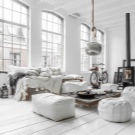
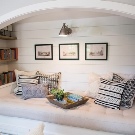
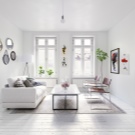
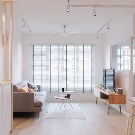
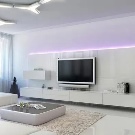
On the kitchen
Many modern kitchens strive for minimalism. This approach allows you to save usable space and properly organize the cooking workflow. To create perfect order in the kitchen, it must be rid of foreign objects. For the decoration of this room, glass, tiles, metal, stone are used. Smooth facades facilitate the cleaning process, and monochromatic monochromatic surfaces do not tire the eyes. Finishing the facades of a kitchen set in the style of minimalism is not welcome. In addition, this style does not provide for hinged apron brackets. All items should be tucked away in numerous drawers and placed in their place in kitchen cabinets. A surplus of household appliances should also not be in the kitchen. Household appliances here are multifunctional.
Often, to create order, they come up with a kitchen in the closet. - when opening the cabinet doors opens the cooking space, where all the little things are at hand.After the cooking process is over, the workplace is hidden behind the cabinet doors.
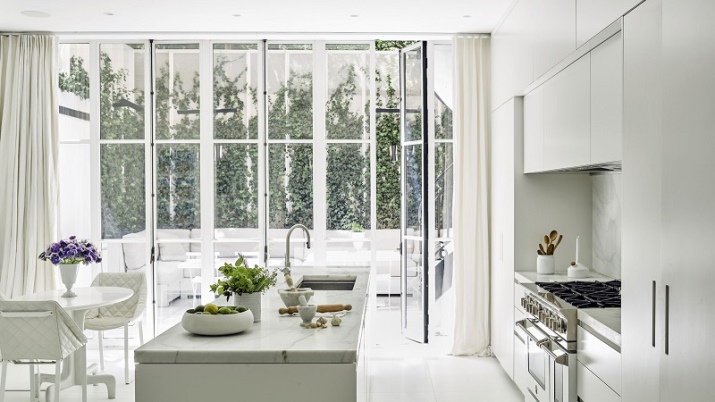


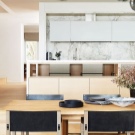
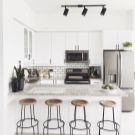
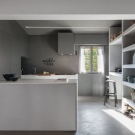
In the bedroom
Sleeping area, designed in a minimalist style, gives a feeling of fresh air in the room. Relaxing in such a bedroom is comfortable and pleasant. In the room for the girl, in addition to the bed, you can also install a wardrobe system - this approach will allow you to store things in the place designated for them. It is convenient to make sliding doors-sliders in the bedroom, they can act as mirrors and save usable space. If there is no wardrobe in the room, you can put a regular wardrobe by embedding it in a wall niche. Thus, a bulky object will not attract attention and will not disturb the harmony of order.
The main element in the bedroom is the bed. Its proportions are chosen based on the dimensions of the room. Fancy shapes should be avoided, the bed can be made on a small platform or a bed made from a thick floor mattress. You can place a lamp or a small cabinet next to the bed. To decorate the window opening, roller blinds or blinds are used. The walls are finished with materials with neutral pastel colors. There may be a monochrome carpet on the floor.
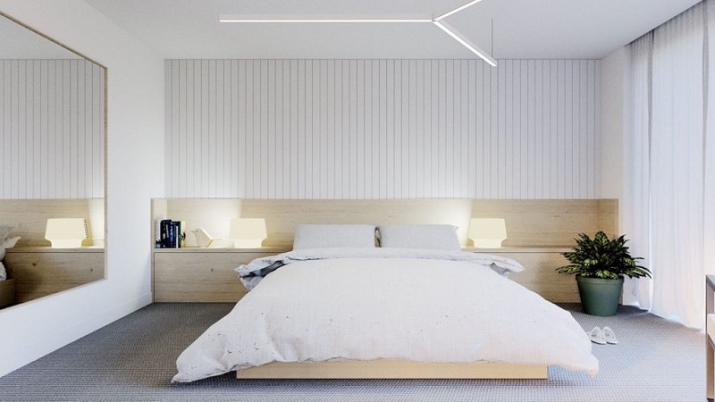
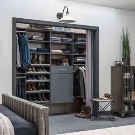

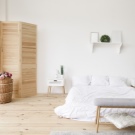
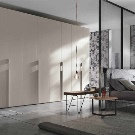
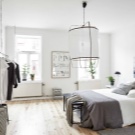
In the hall
To equip the hallway area, you need to find a place where the mirror would be located. It can be in one copy or it can be replaced by a mirrored wall. The reflective surface of the mirror creates an impression of large space and airiness. The lighting in the hallway should be bright. Light monochrome shades are used to decorate the walls and ceiling, which gives the room a fresh look.
Built-in wardrobes with sliding doors, a wall console or a small shoe rack can be used as furniture. The ceiling space must be high, the ceiling surface is smooth, and hidden lights can be located on it. For the floor, choose a tile, laminate or parquet.
The walls can be finished with plaster, tiles, decorative panels or covered with textured monochromatic wallpaper.
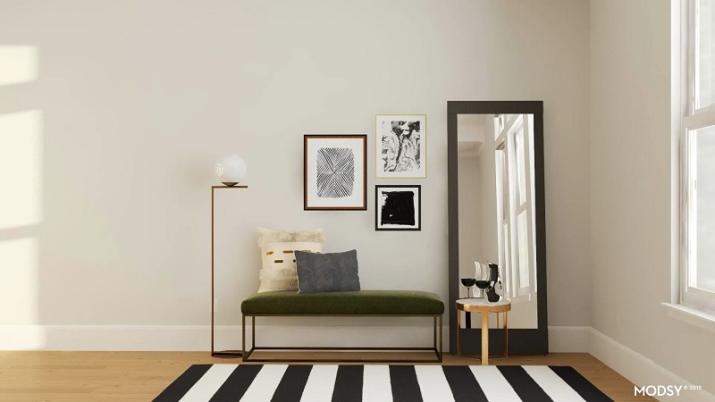
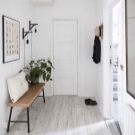

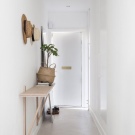
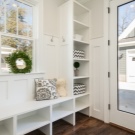
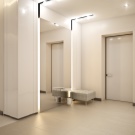
Beautiful examples
- Minimalism manifests itself with restraint and austerity of forms. This can be manifested with the help of finishing materials: natural textiles, glass, concrete, wood, stone, leather. Naturalness manifests itself through colors and textures.
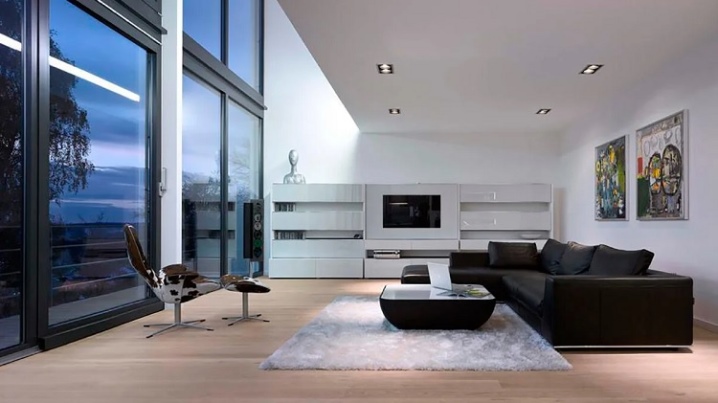
- The use of metal allows you to place accents on furniture or other items, without adding unnecessary details to the overall design.
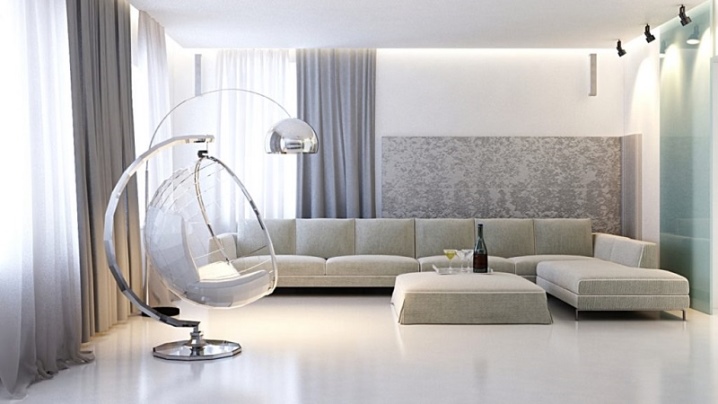
- The main part of the composition in the style of minimalism is occupied by furniture, while accessories and decorative finishes recede into second place, being present only in metered quantities.
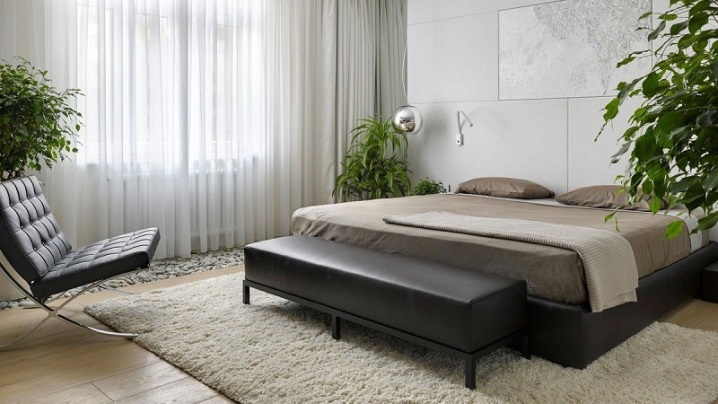
- The main color that expands the space is white. Being a key character of the entire design concept, white can become both a background for the objects used, and a bright color spot against a background of contrasting elements.
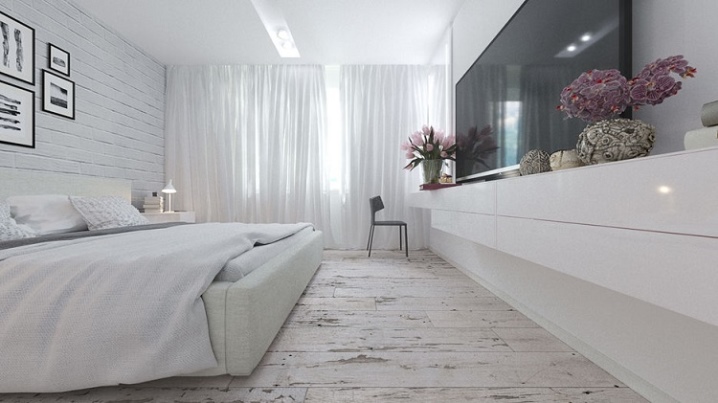
- The decoration of windows involves the use of roller blinds made of fabric or bamboo, this allows for maximum light flow into the room, making the space voluminous and airy.
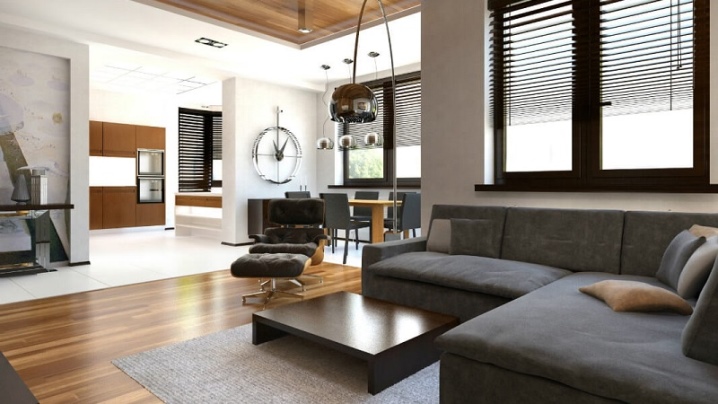
In the next video, you will find seven main principles of minimalism in the interior.













The comment was sent successfully.